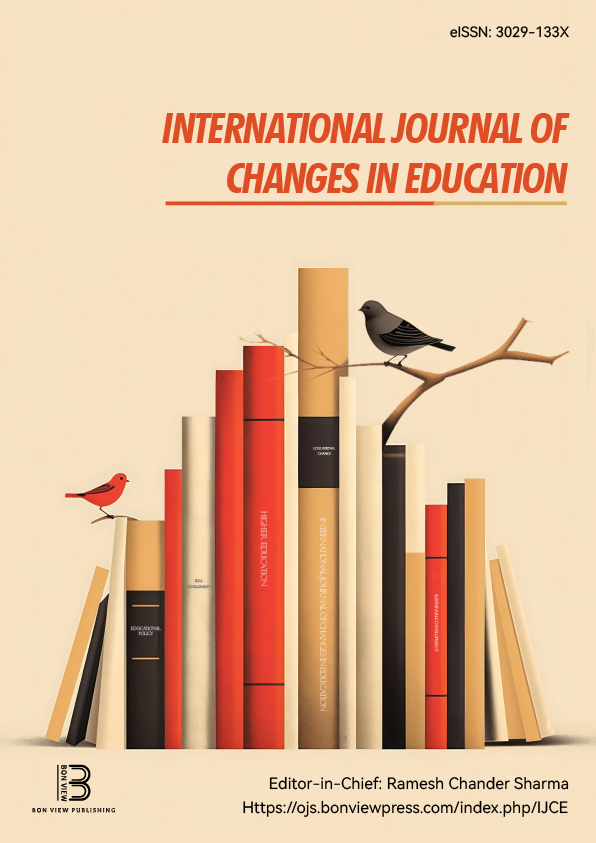A Novel TAM-Based Model for the Widespread Adoption of Fashion Pattern Construction Innovations (TAM-FPCIs)
Hailah Al Houf, University of Manchester (United Kingdom)
Simeon Gill, University of Manchester (United Kingdom)
Jo Conlon, University of Manchester (United Kingdom)
Abstract
Rapid technological advances in fashion pattern construction (FPC) continually introduce innovations that advance traditional methods and enhance sustainability, efficiency, and creativity in fashion product development. This necessitates systematic dissemination and widespread adoption across practitioner communities. However, a theoretical gap persists in understanding how this can be achieved effectively, sustainably, and at scale, along with the educational dynamics underpinning the process.
Using abductive reasoning and a developmental approach, this study addresses the gap by developing the TAM-FPCIs Model, an educational adoption framework that integrates the Technology Acceptance Model (TAM) with instructional design theories to promote the widespread adoption of FPCIs.
The TAM-FPCIs Model’s constructs and antecedents were empirically tested through a prior five-phase enquiry conducted by the researcher. Using data from 78 UK-based pattern construction practitioners, the findings were triangulated and cross-validated with existing empirical research to strengthen objectivity and reinforce the model’s theoretical foundation.
The development of this model offers significant contributions. Theoretically, the model addresses the longstanding gap in understanding how the widespread, effective, and sustainable adoption of disciplinary innovations can be achieved by offering a theoretical and predictive framework that facilitates such adoption. The TAM-FPCIs Model represents the first extension of the TAM into the domain of fashion pattern construction, providing a customised framework for predicting behavioural intentions to adopt innovations within this practice-based and creative discipline. Significantly, the TAM-FPCIs Model is the first disciplinary model to integrate instructional design theories as antecedents to TAM’s core constructs, namely PU and PEOU. This integration contextualises TAM within educational settings in the field, thereby advancing theoretical understanding of how FPCIs' adoption may be enhanced in open educational contexts.
Methodologically, the development of the TAM-FPCIs Model exemplifies methodological innovation in adoption model development for FPC. Its preceding five-phase enquiry, which systematically progressed through problem identification, model construction, operationalisation, and multi-level evaluation, integrated diverse methodologies. This included empirical comparative analysis, instructional design development and evaluation, and mixed-methods usability, design quality and behavioural impact assessment. Collectively, these elements form a methodological framework for educators, instructional designers, and fashion institutions to systematically address adoption delays and challenges.
|
Keywords |
Pattern Construction, Innovation Adoption, Input-validation |
|
REFERENCES |
[1] Adil, H. M., Ali, S., Sultan, M., Ashiq, M., & Rafiq, M. (2022). Open Education Resources’ Benefits and Challenges in the Academic World: A Systematic Review. Global Knowledge Memory and Communication, 73(3), 274–291. https://doi.org/10.1108/gkmc-02-2022-0049 [2] Aldosari, A., Eid, H., & Chen, Y.-P. (2022). A Proposed Strategy Based on Instructional Design Models through an LMS to Develop Online Learning in Higher Education Considering the Lockdown Period of the COVID-19 Pandemic. Sustainability, 14(7843), 1–13. https://doi.org/10.3390/su14137843 [3] Almond, K., & Power, J. (2018). Breaking the rules in pattern cutting: An interdisciplinary approach to promote creativity in pedagogy. Art, Design and Communication in Higher Education, 17(1), 33–50. https://doi.org/10.1386/adch.17.1.33_1 These are three references of 73 supported our study |
 The Future of Education
The Future of Education


























